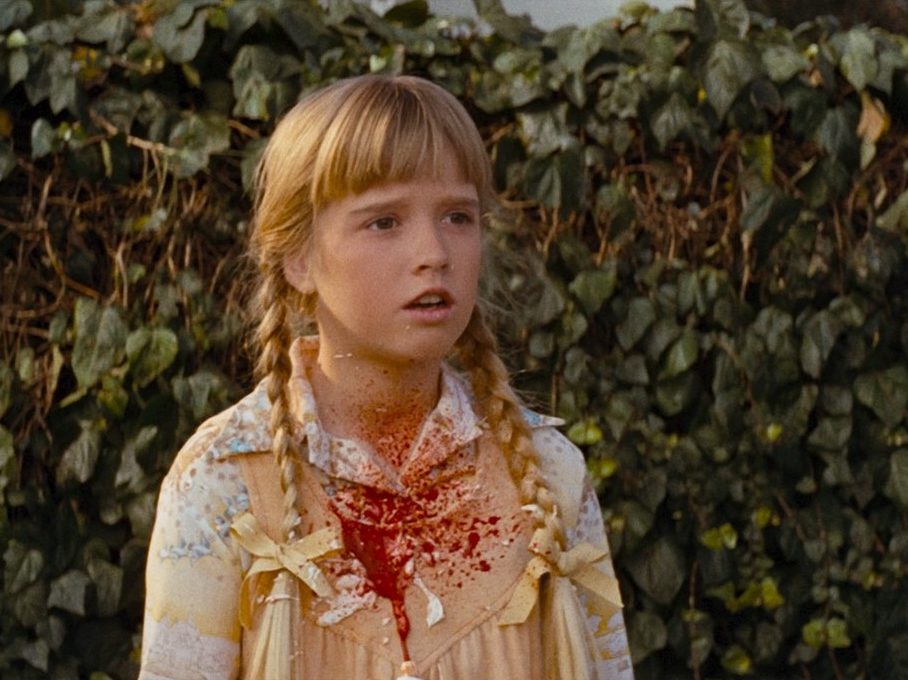This Gritty, Visceral John Carpenter Film Is the Ultimate Exploitation Picture

I am beyond pleased to speak to the merits of an iconic grindhouse actioner today. John Carpenter’s Assault on Precinct 13 is one of the most seamlessly executed exploitation films ever made. The prolific writer/director conjures visceral imagery and combines that with a storyline that hits the ground running and continues to unfold at a breakneck pace until the final frame. Carpenter stages the ultra-violence alongside an intense score, and well-developed characters to deliver a grindhouse effort that ranks among the best of its kind.
It’s very much like a Western set in the modern era. Carpenter has effectively taken the skeletal outline of one of his favorite films Rio Bravo and relocated the action from small-town Texas to the gritty streets of L.A.
John Carpenter’s Assault on Precinct 13 plays out like this:
A gang of ruffians sets out to exact revenge for the deaths of their fallen comrades at the hands of law enforcement. They swear a blood oath to retrieve their pound of flesh. As they ascend on a police precinct gearing up to close its doors for the last time, the Street Thunder gang lies in wait, planning to take the station hostage and kill every law officer inside. As if that wasn’t enough, a prisoner transport vehicle stops at that very same station to address a medical concern. The department is running on a skeleton crew that includes Officer Ethan Bishop (Austin Stoker), a rookie working the first shift of his career.
Carpenter sets the stage for what’s to come with an absolutely horrifying sequence. The viewer catches up with young Kathy Lawson (future Beverly Hills Housewife Kim Richards) on an outing with her father. Carpenter establishes Kathy as an elementary school student with a close relationship with her family. When Kathy decides to go for ice cream while her father makes a telephone call, the child meets an untimely end. It’s one of the most appalling, unexpected, and tragic deaths I’ve seen in a genre picture. But Kathy’s demise effectively demonstrates the brutal nature of the street toughs we’re dealing with.
The buildup to her death is picturesque, making what eventually transpires painful to watch. Her departure is calculated and arguably unnecessary in terms of furthering the narrative. But the way the violent hooligans shoot Kathy just because she’s there establishes a level of chaos and unpredictability that permeates the balance of the feature.

Struggles With The MPAA
That tragic turn of events drives home the harsh reality that anything can happen in this gritty hellscape. No one is safe. Nothing is off-limits. If these people are willing to senselessly kill a child, there’s likely nothing they won’t do.
Carpenter reportedly tangled with the MPAA over the brutal onscreen death of a minor. But the scene eventually made the final cut, which somehow secured an R-rating.
Carpenter was wise to fight to keep Kathy’s death in the film. There is an unwritten rule of cinema that children are off limits. People take comfort in that and assume a senseless act of violence would never befall an innocent child. But Carpenter upends expectations and breaks that rule, leaving the viewer to watch the rest of the film in a state of shock and awe.
That chilling development unfolds around the 30-minute mark. This ensures first-time viewers will spend the following 60 minutes in a state of panic, wondering who will live to fight another day and which core characters will perish in a similarly cruel fashion.
Carpenter ensures a strong cast buoys the film
Speaking of anxiety over the fate of the core cast, we’re given a standup protagonist who is in over his head with Lieutenant Ethan Bishop. This is his first day on the job. He’s not prepared for this. But he fights like hell anyway. He demonstrates a remarkable level of altruism. So, knowing how high the stakes are and how ruthless the ruffians he is up against can be, we have every reason to worry he may not be long for this world.
Darwin Joston is a smart choice to offset Bishop’s strait-laced protagonist. Joston plays Napoleon Wilson as a rebel without a cause. Wilson is initially established as bad to his core. But there’s no obvious reason for why he is the way he is. That makes the eventual progression of his narrative arc quite surprising. Especially the way we eventually see a humane side to the character. Being forced to reconcile the idea that this man we initially perceive as a monster could be capable of anything other than violence and brutality gives me pause. Juxtaposing him alongside a by-the-book character like Bishop provides a stark contrast to the lawman’s squeaky-clean image. That adds a layer of complexity not always common to exploitation films.
In addition to dynamic lead characters, the film also delivers an unforgettable score. The musical accompaniment is gritty and quickly helps to up the ante. Carpenter uses synth beats and a series of long notes sustained to the point of being cacophonous and disquieting to enhance the stylized violence within this brutal exploitation film. On top of that, he serves up smartly framed shots and stylized fight choreography.
The film truly brings the mayhem and chaos from all angles. Carpenter pulls out all the stops and juxtaposes multiple harrowing scenarios alongside one another. The result is a pressure cooker of tension that only grows more unnerving with each passing second.
The final verdict on John Carpenter’s Assault on Precinct 13:
Assault on Precinct 13 is an unsettling ordeal that pummels the viewer with stylized violence early and often. Carpenter combines the gritty visuals with a phenomenal score and memorable characters, making for an exploitation effort that rises head and shoulders above many of its contemporaries.
Assault on Precinct 13 is streaming on Tubi as of the publication of this post.
Categorized: Editorials
